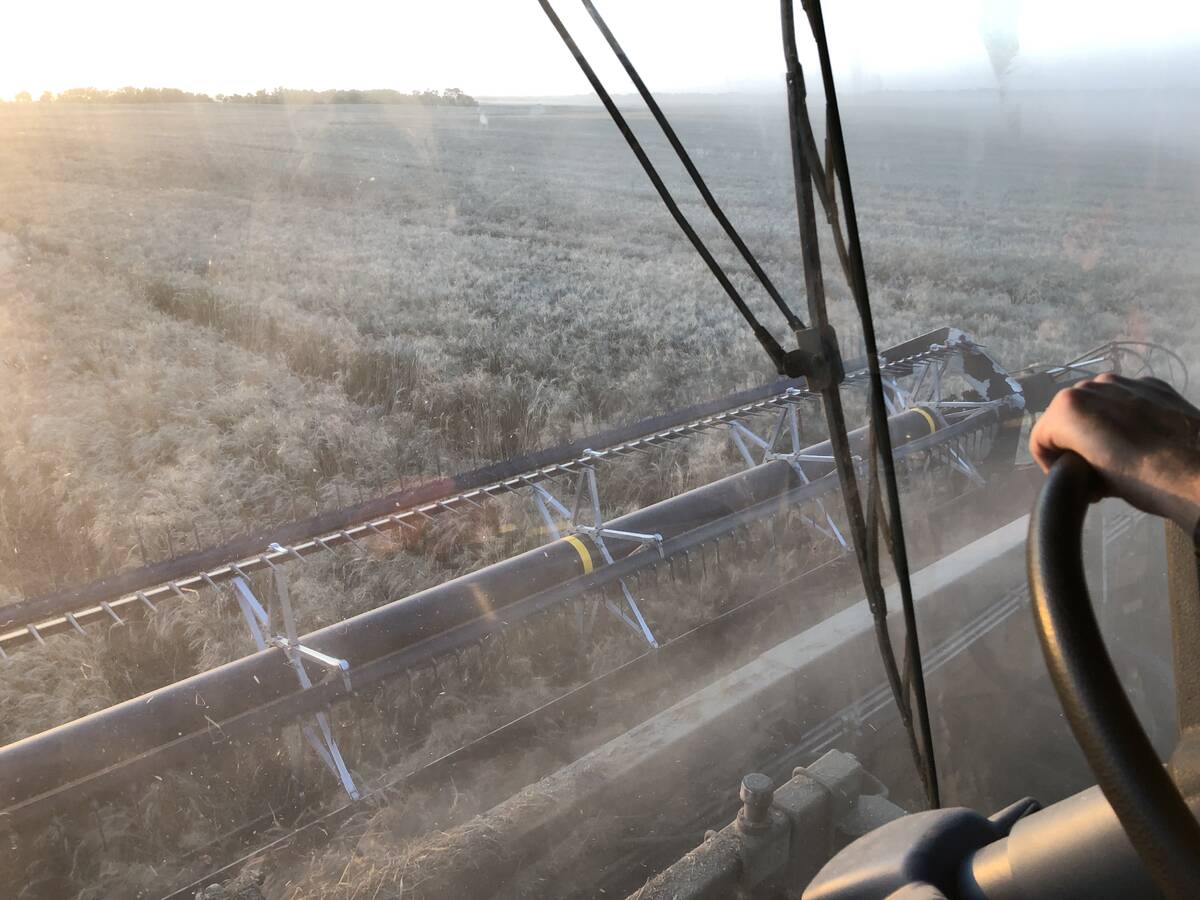PARIS, France (Reuters) — French dairy giant Lactalis is scrambling to get on top of a growing crisis, with dozens of babies infected with salmonella after drinking tainted baby formula produced by the company.
Following are details on the family-owned group and the health scare that has led to the threat of multiple lawsuits.
- Lactalis is a privately held firm and the world’s largest producer of cheese and one of the world’s largest dairy groups. It was founded in Laval, southwest of Paris, in 1933.
- It now has 75,000 employees and 246 factories in 47 countries across Europe, the Americas, Asia and Africa, and says its annual sales are worth about around C$26 billion.
- The crisis has forced the famously private company to try to be more transparent. Chief executive officer Emmanuel Besnier, a 47-year-old who rarely shows his face in public, has been forced to give his first interviews since he took office in 2000.
- The crisis began on Dec. 1, 2017, when tests by the French Health Ministry confirmed that 20 babies had been contaminated by formula produced at the Lactalis factory in Craon, western France.
- On Dec. 2, it issued a recall of 12 suspected baby milk batches, followed by a further recall of 625 batches on Dec. 12 and a third on Dec. 21.
Read Also

Mail strike disrupts grain sample delivery
The Canadian Grain Commission has asked farmers to consider delivering harvest samples directly to CGC offices, services centres or approved drop offs as Canada Post strike delays mail.
Lactalis halted operations at the factory on Dec. 8 and announced on Jan. 11 the temporary layoff of 250 workers.
- On Jan. 12, Lactalis said it would take back all products ever produced at Craon — about 12 million baby milk tins in France and abroad, from China to Algeria and Spain.
- * The contaminations have been linked to a salmonella outbreak in 2005 at the Craon plant, then owned by Celia, which contaminated more than 140 babies. Lactalis took over Celia in 2006.
The salmonella is believed to have been revived following work in the factory in the first half of 2017.
- Lactalis has promised to compensate affected families and said it will permanently close the facility at the Craon plant, in which the salmonella was discovered.
- France’s Institut Pasteur, the research centre that monitors salmonella, says more than 200 babies have been contaminated since 2005 with Salmonella agona, the bacteria found at Lactalis’ Craon factory.
Of these, 141 were contaminated in 2005, another 25 between 2006 and 2017 and 38 in the latest outbreak.
French health authorities have said 36 of the 38 cases last year were clearly linked to Lactalis milk, as well as one in Spain and a suspected one in Greece. A group representing victims’ families say at least 10 more cases are unaccounted for.
















